Lishan Tea Growth Environment, Tea Region Introduction
Taiwan`s representative high mountain tea is Lishan Tea, located in the Heping District of Taichung City, with tea gardens above an altitude of 1700 meters. Due to the higher mountain terrain and colder weather, the tea picking season is about one month later than usual. For tea regions below 1500 meters in altitude, spring tea is picked around Guyu (April 20th), while Lishan Tea begins harvesting spring tea at the end of May or early June. Because Lishan tea trees grow slower, the tea leaves can be harvested three times a year, with summer tea at the end of August and winter tea in early October.
Starting from Puli on Route 14 to Lishan requires a four-hour drive, passing through Cingjing Farm and Hehuanshan. Taking the Lixing Industrial Road can save some time, but the road is extremely steep. It is not recommended for sedans; only four-wheel-drive vehicles with high chassis can challenge this route. The limited harvests and the remote location contribute to the high price of Lishan Tea. Most teas produced in the Lishan tea area are Oolong tea, with a small amount of small-leaf black tea. The tea plant varieties include Qingxin Oolong, with a few Tieguanyin and Wuyi varieties. Other varieties like Jinxuan and Si Ji Chun are not planted.
Talking about the Lishan tea area, we must mention Fushoushan Farm, established on June 1, 1957, originally named “Lishan Veterans Farm” and operated by the Veterans Affairs Commission of the Executive Yuan. The aim was to allow retired military personnel to engage in production and employment guidance.
As directed by then Veterans Affairs Commission director Chiang Ching-kuo, the vegetables grown on the farm were supplied to workers on the Central Cross-Island Highway construction project. (The Central Cross-Island Highway began construction on July 7, 1956, and opened on May 9, 1960.) In addition to growing temperate fruits like peaches, pears, apples, persimmons, and plums, Fushoushan Farm`s Fushou Changchun tea is often in high demand. The farm began planting tea trees in 1970, including varieties such as Qingxin Oolong, Tieguanyin, and Wuyi. Fushou Changchun tea packaging is a green small jar, with the Daguan Pavilion on the cover and the Veterans Affairs Commission logo on the lid, becoming a symbol of Lishan tea, just as choosing the Wheel brand for abalone.
When the tea packaging features Daguan Pavilion, it indicates Lishan tea, just as a small train symbolizes Alishan tea, becoming a geographical indication. Daguan Pavilion, located in Taichung City, Taiwan, at an altitude of 2580 meters, was a summer retreat for President Chiang Kai-shek and the highest point of Fushoushan Farm. Besides being a summer resort, President Chiang made many national decisions here, including the Thunder Plan in 1958 to support Kinmen during the Second Taiwan Strait Crisis, the planning and draft of the Nine-Year Compulsory Education in 1967, and the draft of Taiwan`s Ten Major Construction Projects in 1973. There`s a small pond called Heavenly Pond near Daguan Pavilion, believed to be a place of strong spiritual energy where walking around the pond three times can make wishes come true. There`s also a platform next to the pond, considered the place with the strongest spiritual energy, where people often meditate.
Lishan Tea Features: What are they?
Compared to other tea regions, Lishan is characterized by its cold climate, frequent fog, and soil predominantly composed of well-drained leaf mold. To survive in the cold environment, the tea leaves accumulate more sugars and amino acids. Combined with shorter sunlight hours, this results in a lower content of bitter tea polyphenols. These unique environmental conditions, coupled with excellent manufacturing techniques, create the distinctive high mountain flavor of Lishan Tea. Lishan Oolong Tea tastes refreshing, smooth, sweet, non-irritating, with a delicate floral aroma and a singular taste. High-quality Lishan Tea even has the fresh fragrance of green-skinned grapes.
How to Brew Lishan Tea? 4 Steps to a Perfect Cup
Brewing utensils for Lishan Tea include: a kettle, teapot (porcelain or Yixing clay), tea server (with the same capacity as the teapot), tea cups, tea towel, waste water container, tea spoon, and a tea leaf picker (tool for removing tea leaves from the pot). To more precisely control the brewing time, you can also prepare a timer.
Brewing Steps for Lishan Tea
Step 1 | Warm and Moisten
First, boil the water, use boiling water to warm the pot, then add tea leaves to cover the bottom of the pot evenly, and pour in enough water to cover the tea leaves. Cover with the lid and wait for about 10 seconds to allow the tea leaves to absorb enough water, which helps to release the flavor of the tea soup later, then pour out the water.
Step 2 | The First Brew
After completing the above step, proceed to the first brew. Boil the water again, fill the teapot with water, cover with the lid, and wait for about 50 seconds. Then pour the tea soup into the tea server and serve into the tea cups to taste. If tea drips from the spout of the teapot, use a tea towel to wipe the teapot dry to maintain hygiene.
Step 3 | The Second to Fifth Brews
The subsequent second and third brews, and so on, follow the same steps as the first brew and can be repeated about five times until the tea soup loses its flavor.
Step 4 | Cleaning
After brewing the tea, use the tea leaf picker to remove the tea leaves and discard them in the waste container. Then, pour boiling water into the empty teapot, cover with the lid, and wait for about 30 seconds. After 30 seconds, pour the water into the waste container, open the lid of the pot, and let the teapot dry with the residual heat. The tea cups, tea server, and waste container can be taken to the sink for washing, and the tea leaf picker should be dried with a tea towel, completing the cleaning process.
Does Lishan Tea Vary in Quality? Introduction to Differences in Low, Medium, and High Quality
The price of fragrant Lishan Oolong Tea varies based on the altitude of cultivation and the level of quality and flavor. The quality of the tea is primarily determined by the taste of the tea soup, followed by its aroma. High-quality Lishan Tea: The tea soup is sweet and rich, with a clear and sweet taste, elegant floral aroma, and a fresh, green fruit fragrance. Medium-quality Lishan Tea: The tea soup is sweet, with a clear and sweet taste and an elegant floral aroma. Low-quality Lishan Tea: The tea soup is sweet, but the taste is astringent and mixed.
To ensure the sustainable operation of tea cultivation and production, Mr. Chen Zhongjia decided in 1990 to manage the family business with a brand-oriented approach. The brand is an attitude that permeates from inside out, from production management to product sales. We believe that the accumulation of all reasons forms the Yushan Tea Visit brand. Everyone under Yushan Tea Visit joined because of their love for “tea”.
We have been full-time tea farmers and tea-making masters, and we know that this job is not easy. We hope that the tea farmers we collaborate with can focus on cultivation and production without worrying about sales issues. By introducing modern management methods, we aim to improve the quality and efficiency of cultivation and production, thus achieving the United Nations` Sustainable Development Goals (SDGs) of enhancing sustainable development implementation methods and revitalizing the global partnership for sustainable development to promote sustainable agriculture.
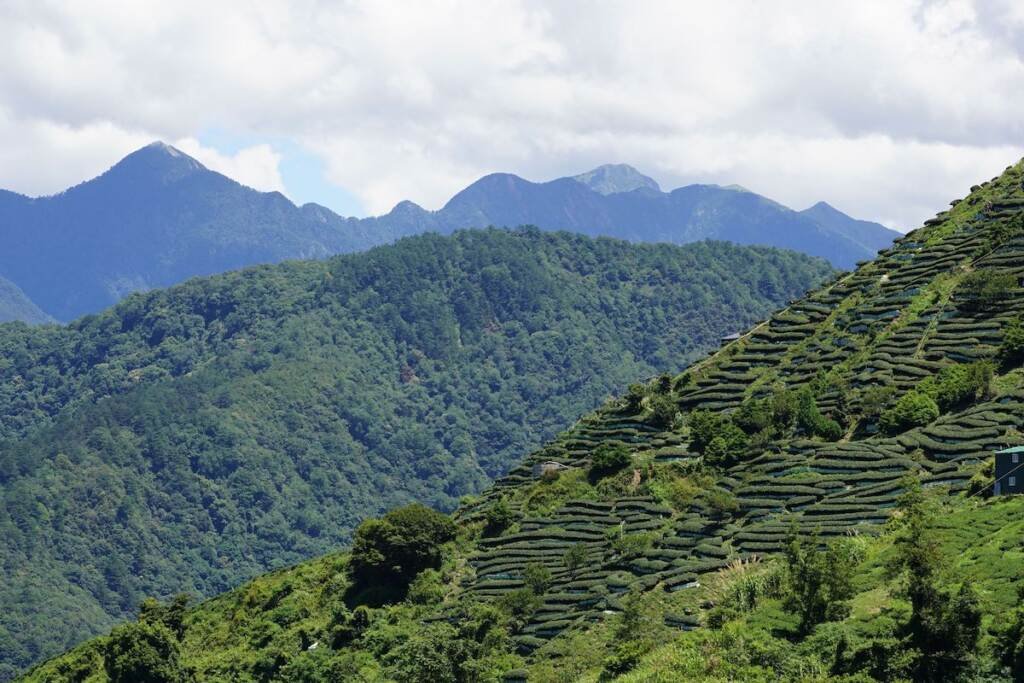
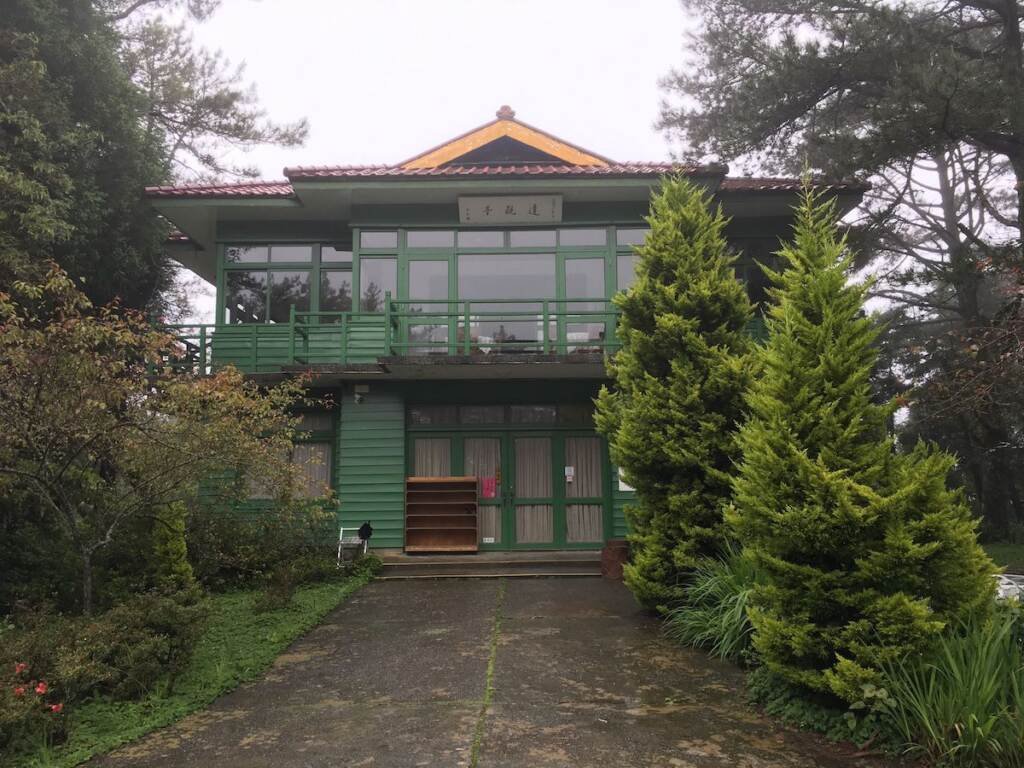
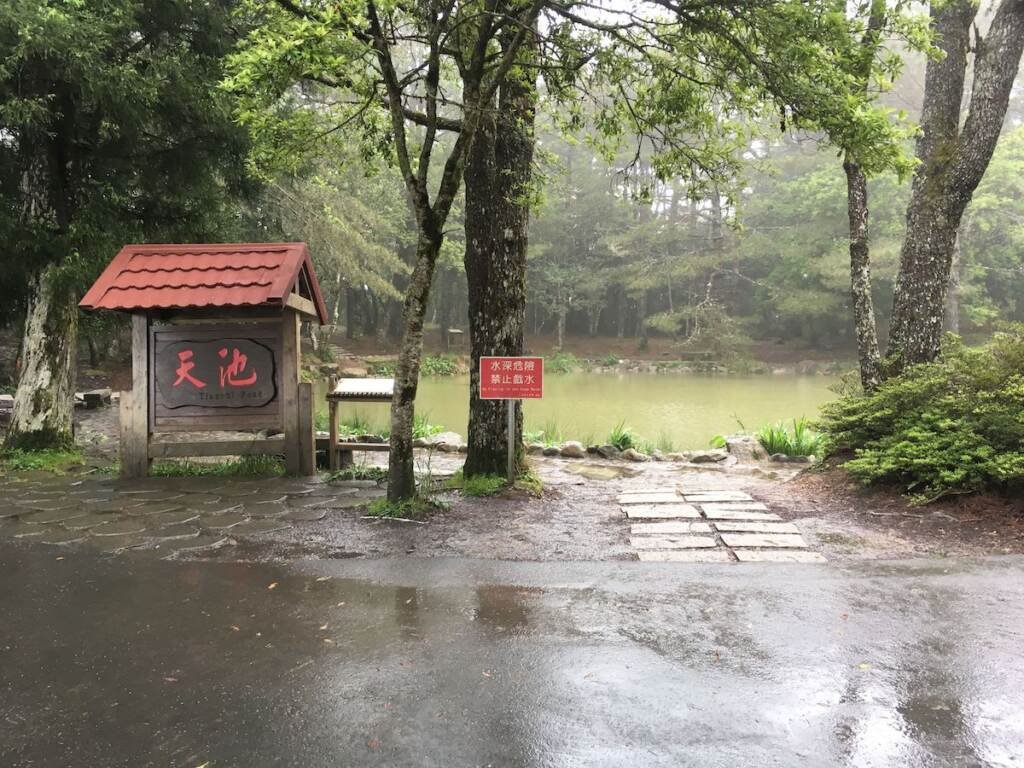


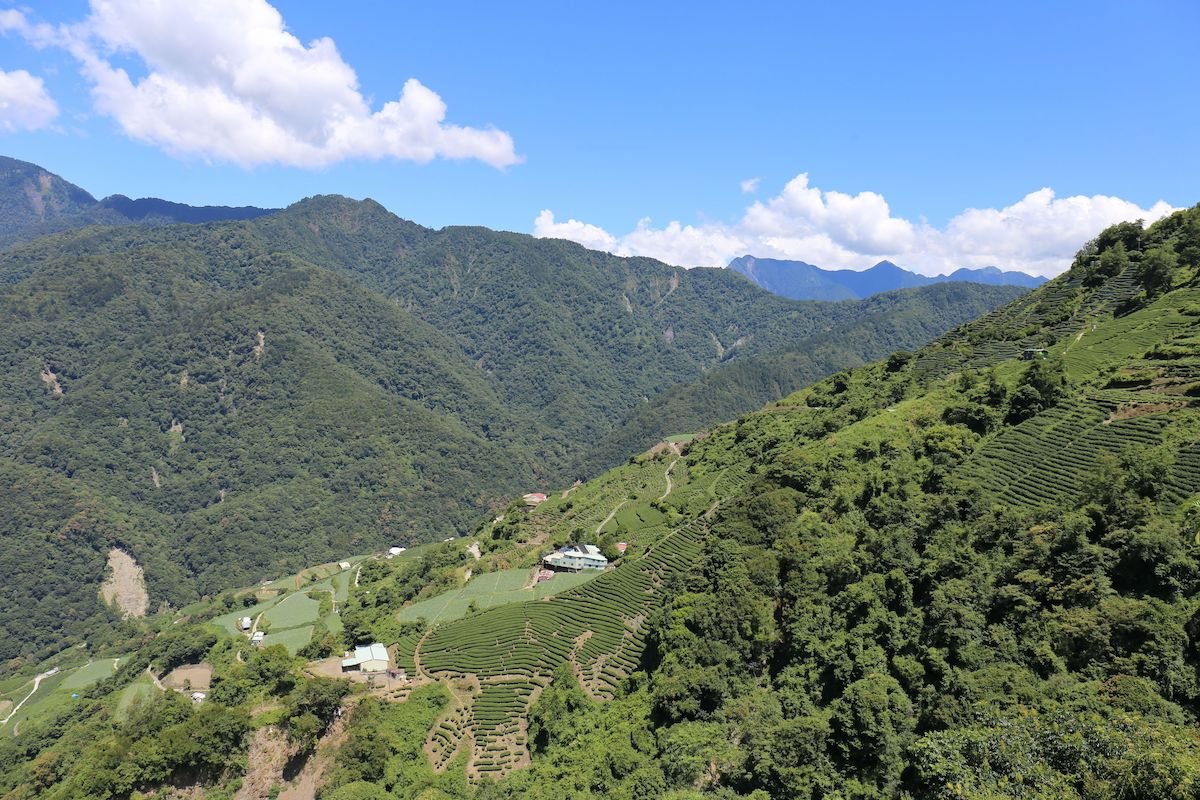


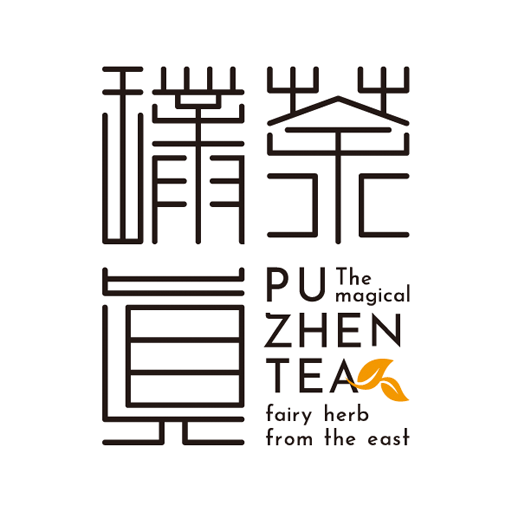
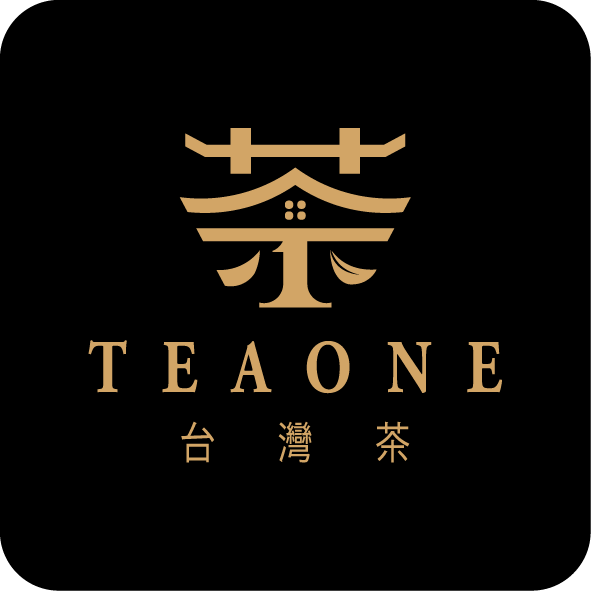
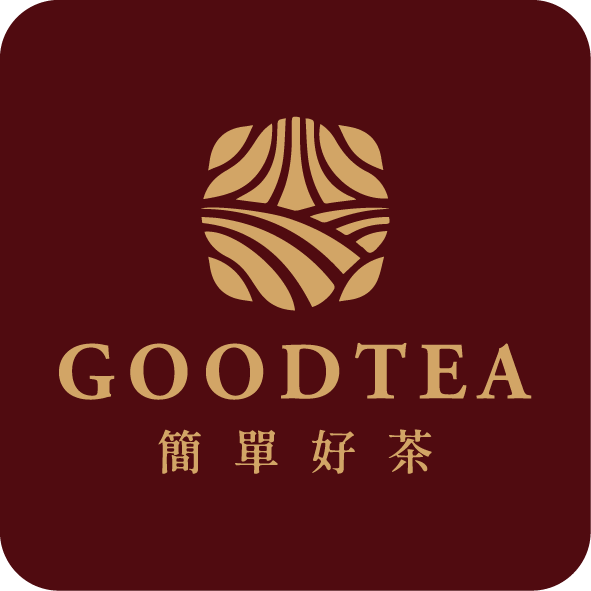
Leave a reply